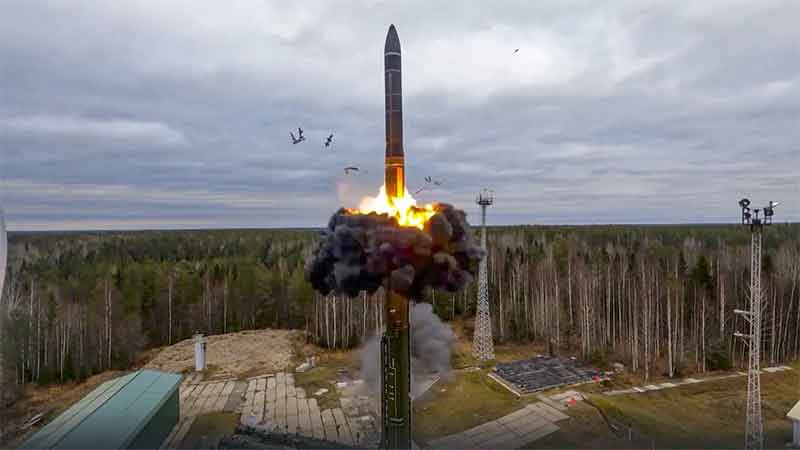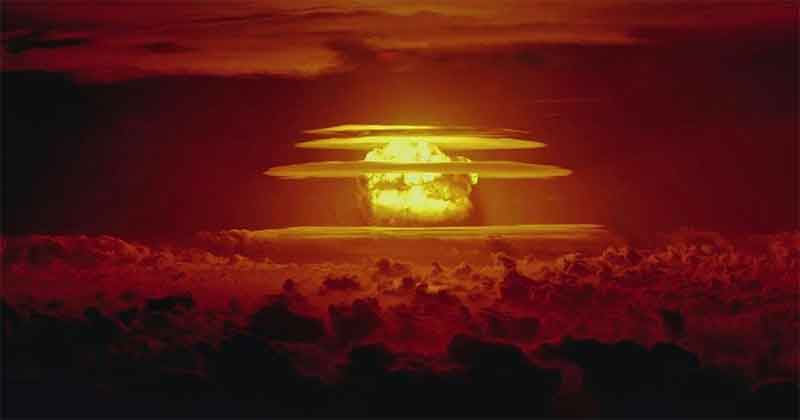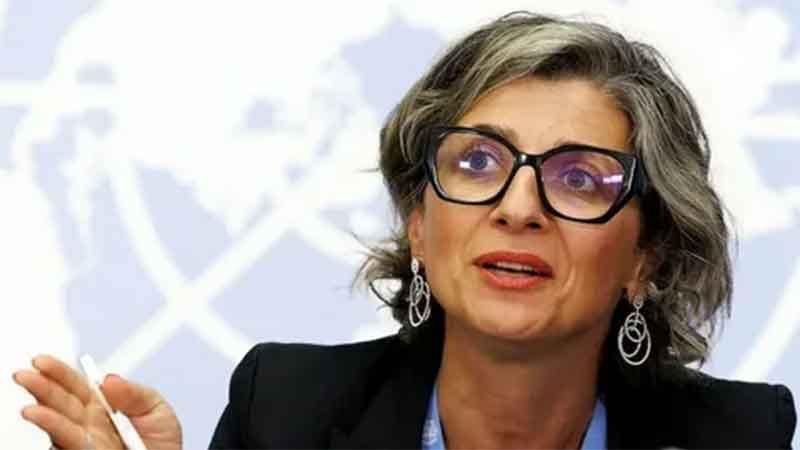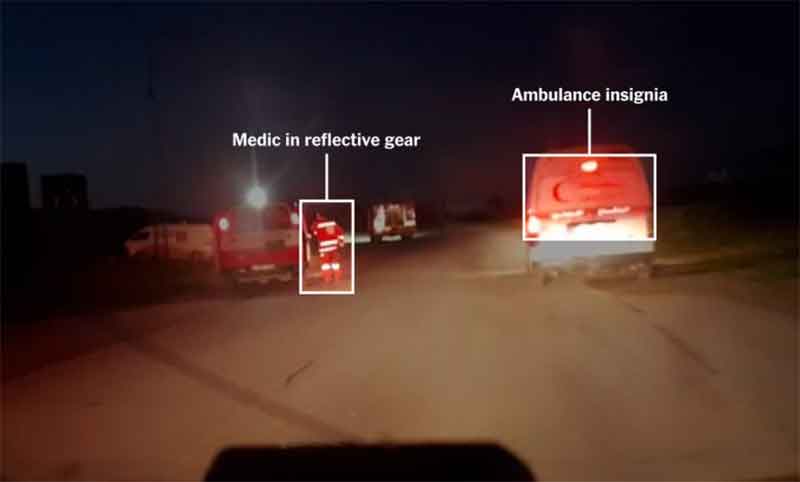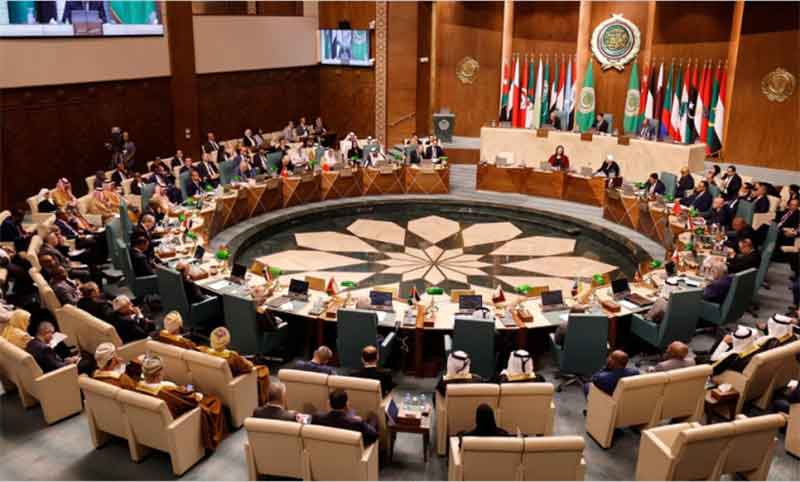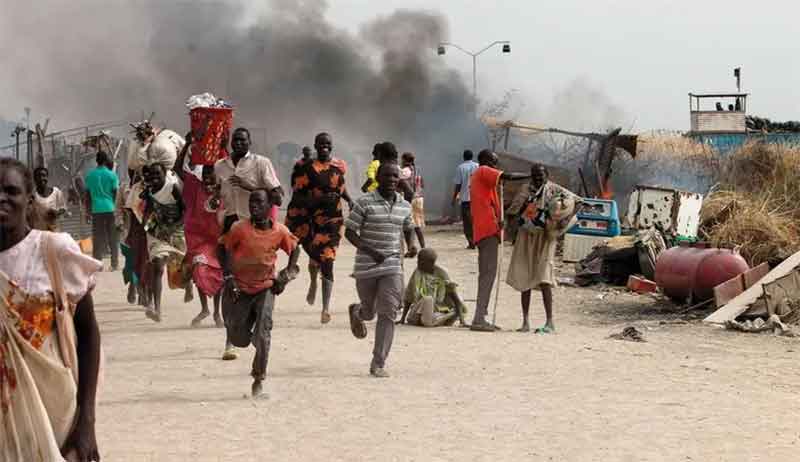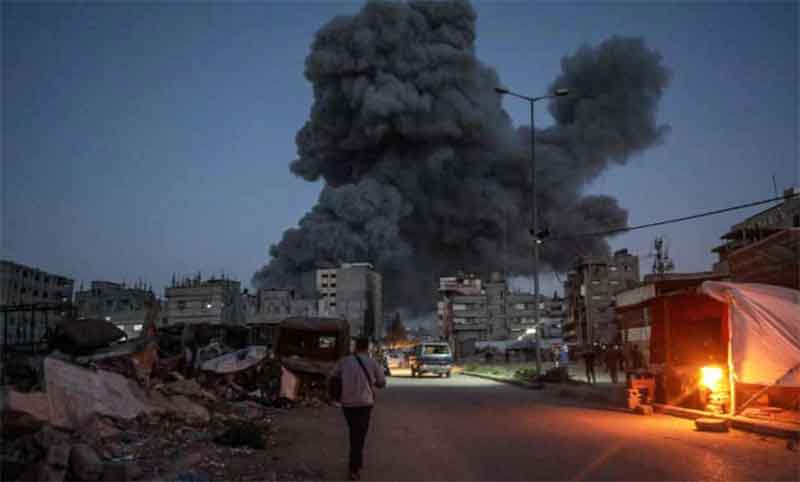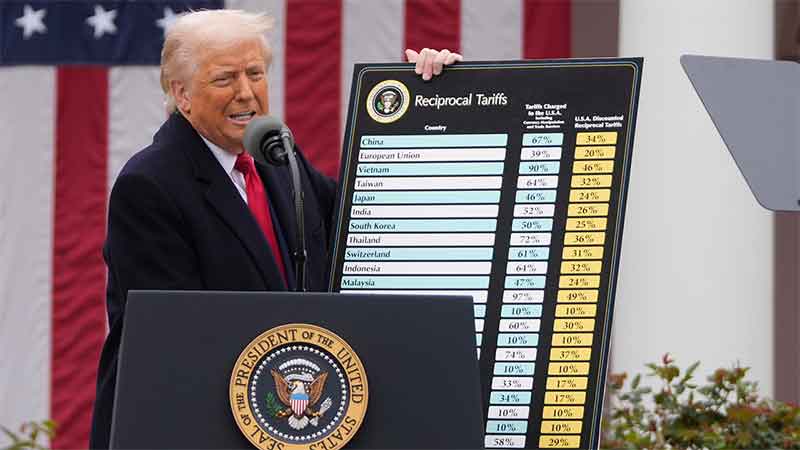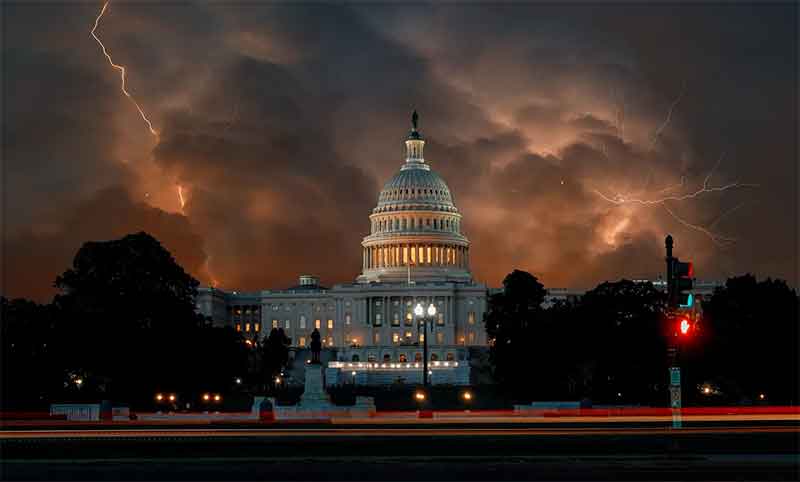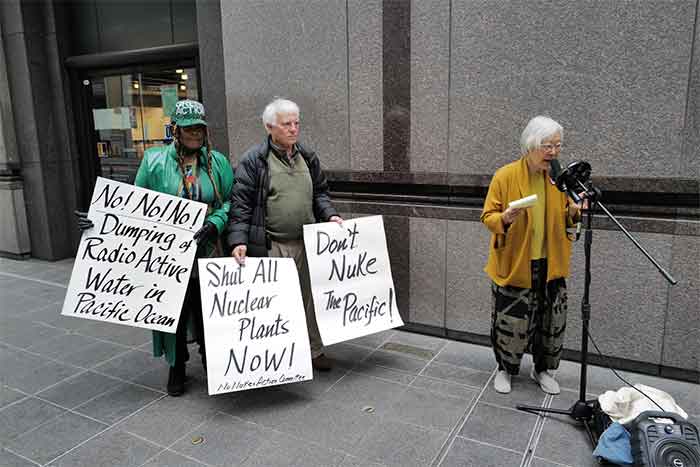
To
Mr Ajay Banga
President
World Bank
Dear Mr Banga,
I understand that the World Bank is considering reversing its long-standing policy against funding nuclear power projects, ostensibly on the dubious ground that nuclear technology offers a “green” option for “poor” countries (https://economictimes.indiatimes.com/news/international/world-news/world-bank-may-drop-ban-on-funding-nuclear-power-ajay-banga/articleshow/119269154.cms?utm_source=contentofinterest&utm_medium=text&utm_campaign=cppst)
Ever since it extended loan assistance of $40 million for a small nuclear power plant in Italy in September, 1959, the Bank has consciously moved away from getting involved in encouraging nuclear power for valid reasons.
For example, one of the Bank’s documents (https://documents.worldbank.org/en/publication/documents-reports/documentdetail/103011468337205290/nuclear-power-and-sustainable-energy-policy-promises-and-perils) described the potential risks of nuclear power asfollows:
“A significant global nuclear power deployment would engender serious risks related to proliferation, safety, and waste disposal. Unlike renewable sources of energy, nuclear power is an unforgiving technology because human lapses and errors can have ecological and social impacts that are catastrophic and irreversible“
The above factors continue to persist even today, raising serious concerns about the Bank’s management making an inexplicable volte-face on its established approach to nuclear power.
I earnestly hope that such a regressive reversal in policy has not been under pressure from the nuclear reactor manufacturing lobby that has been aggressively pushing their unsold reactors into the developing world on the ostensible ground that nuclear power has a minimal carbon footprint, obfuscating the fact that, apart from high-consequence Fukushima-like accidents taking place, even low-dose radioactive contamination from nuclear power reactors can have long-term health impacts on those who reside in the vicinity of nuclear power plants.If the social and economic costs of nuclear power are taken into account fully, including the cost imputed for accident risks, the unit cost of electricity from a nuclear power plant is quite high, beyond the reach of the majority of the global population.
In addition, its long-term adverse health impacts are significant.
A large area surrounding a nuclear power plant is exposed to radioactive contamination. The US Nuclear Regulatory Commission (NRC) has defined the “ingestion pathway of Emergency Planning Zone (EPZ)” extending upto 50 miles in radius around a plant. NRC’s primary concern is the ingestion of food and liquid that is contaminated by radioactivity (https://www.nrc.gov/reading-rm/doc-collections/fact-sheets/emerg-plan-prep-nuc-power.html)
In other words, marketing nuclear power in the name of facilitating development is patently fallacious and highly objectionable.
The perils of nuclear power cannot be brushed aside by conveniently citing its apparently low carbon footprint. It has several adverse impacts on other fronts.
Mining of uranium, its transportation, processing it as a fuel in a nuclear power plant, the day-to-day operation of a nuclear power plant and reprocessing and disposal of radioactive waste are all activities that significantly impact the lives and the health of people far and wide, in multiple ways.
Even today, nuclear technology, despite the claims made by its protagonists, continues to be highly risk-prone.
For example, a comprehensive research study conducted by Thomas Gibon et al on life cycle assessment of nuclear power, published by American Chemical Society in 2023 (https://pmc.ncbi.nlm.nih.gov/articles/PMC10537461/) showed that impact scores for the generation of one kWh of electricity from a nuclear power plant range from 5.42 to 122 g CO2 equivalent for climate change, 10.8–950 Bq 235U equivalent for ionizing radiation, 22.4–222 millipoints for land use, and from 282 to 1700 CTUh for combined human toxicity (carcinogenic and non-carcinogenic).
Coming to the possibility of occurrence of severe accidents, experts of Max Planck Society analysed the probability of contamination from severe nuclear reactor accidents (https://www.mpg.de/5809418/reactor-accidents) and the following is their finding;
“Catastrophic nuclear accidents such as the core meltdowns in Chernobyl and Fukushima are more likely to happen than previously assumed. Based on the operating hours of all civil nuclear reactors and the number of nuclear meltdowns that have occurred, scientists at the Max Planck Institute for Chemistry in Mainz have calculated that such events may occur once every 10 to 20 years (based on the current number of reactors) — some 200 times more often than estimated in the past. The researchers also determined that, in the event of such a major accident, half of the radioactive caesium-137 would be spread over an area of more than 1,000 kilometres away from the nuclear reactor”
The World Bank cannot ignore findings from such research studies.I understand that the nuclear lobby is simultaneously lobbying for a dilution in the provisions of the civil nuclear liability law in developing countries, so as to insulate themselves from liability from possible accidents attributable to them and shift the liability cost burden to the people in developing countries. Such a step will undoubtedly incentivise reactor manufacturers in developed countries to cut corners in the design of nuclear reactors, compromising safety. I hope that the Bank will not play into their hands.
No wonder that global financing institutions have refrained from jumping into the bandwagon of nuclear power for more than six decades.
There are several more benign and sustainable approaches to energy management. The most viable of them is to promote energy demand management through better energy end-use efficiencies and adopt a development model that is less energy-intensive. A great deal of R&D and technology development effort is called for towards promotion of renewable energy technologies and waste recycling. The Bank should earmark a portion of its resources in that area.
Instead of caving in to marketing pressure from the nuclear lobby, I suggest that the World Bank focuses attention on its avowed objective, “we aim to ensure that the people and the environment are protected from potential adverse impacts. We do this through policies that identify, avoid, and minimize harm to people and the environment” (https://www.worldbank.org/en/projects-operations/environmental-and-social-policies)
I hope that the Bank conducts its business more prudently by responding to this appeal positively.
Regards,
Yours sincerely,
E A S Sarma
Former Secretary to the Government of India
VisakhapatnamIndia


